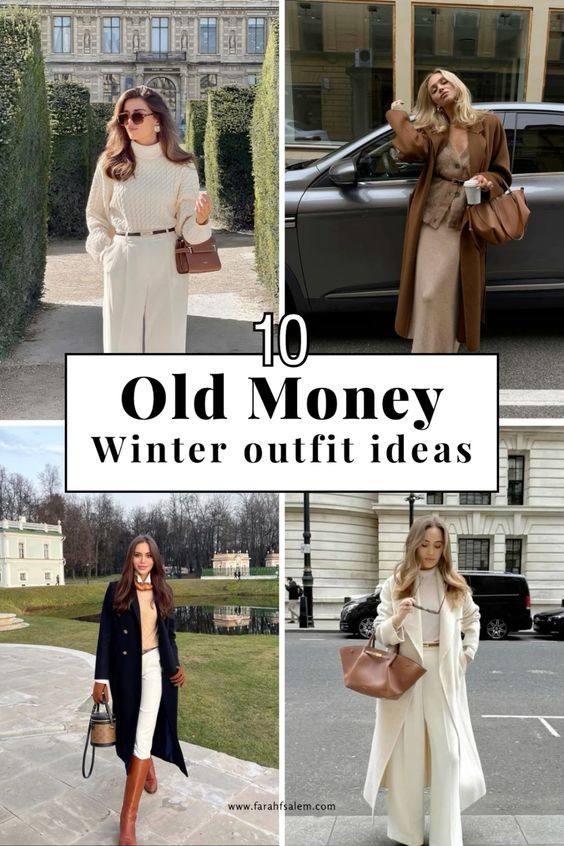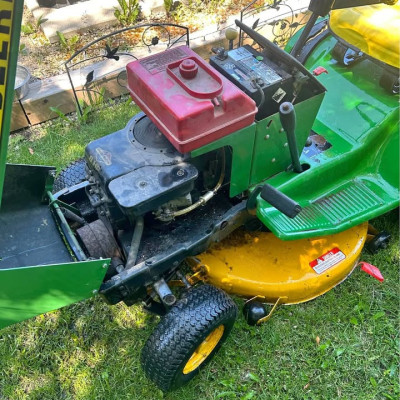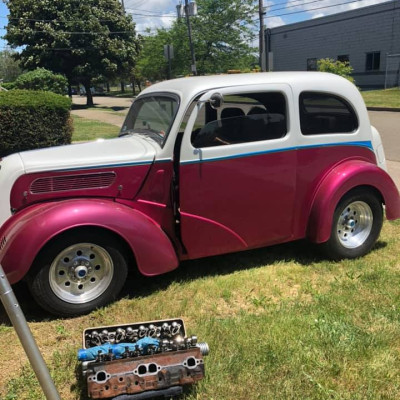Exploring the Old Money Aesthetic: A Timeless Appeal
Introduction
In an era defined by rapid technological advances and shifting societal norms, the Old Money aesthetic stands as a bastion of tradition and elegance. This style, emblematic of a lifestyle that values subtlety, refinement, and a rich heritage, continues to captivate those who admire its understated grace. Unlike the flashy and overt displays of wealth associated with new money, Old Money is characterized by a discreet sophistication and a deep appreciation for quality over ostentation. This article delves into the essence of the Old Money aesthetic, exploring its origins, defining features, and contemporary relevance.
Origins of Old Money
The term "Old Money" refers to families or individuals who have inherited wealth through generations, often maintaining their fortunes through traditional industries like banking, landownership, or inherited businesses. Historically, Old Money families were prominent in European aristocracy and American high society during the Gilded Age and early 20th century. The aesthetic associated with Old Money emerged as a reflection of their values: discretion, tradition, and a deep-seated appreciation for the finer things in life.
Key Characteristics of the Old Money Aesthetic
1. Classic Fashion
The wardrobe of someone adhering to the Old Money aesthetic is a masterclass in timeless style. This fashion sense prioritizes quality and fit over trends. Key pieces include tailored blazers, crisp button-down shirts, cashmere sweaters, and well-fitted trousers. The color palette is generally subdued, with an emphasis on neutral tones such as navy, gray, and beige. Fabrics are chosen for their durability and comfort, with a preference for natural materials like wool, cotton, and silk.
2. Elegance Over Extravagance
Old Money fashion is about understated elegance rather than showy displays. Jewelry, for instance, is often classic and discreet—think simple pearl earrings or a classic gold watch. The emphasis is on items that convey refinement and sophistication without being ostentatious. Accessories are carefully chosen to complement rather than dominate an outfit.
3. Traditional Values and Etiquette
The Old Money aesthetic extends beyond physical appearance to encompass manners and social conduct. There is a strong emphasis on traditional etiquette, including formal dining practices, gracious behavior, and a refined manner of speech. Social events are often characterized by their formality and adherence to longstanding customs.
4. Home Décor
Old Money interiors are a study in classic elegance. Homes are often filled with antique furniture, family heirlooms, and art collected over generations. Décor items are chosen for their quality and historical significance rather than current trends. Think richly patterned rugs, stately woodwork, and carefully curated art collections. The color schemes are typically understated, favoring earthy tones and muted hues that create a sense of timelessness.
5. Educational and Cultural Pursuits
An appreciation for education and culture is a hallmark of the Old Money aesthetic. This often manifests in a commitment to attending prestigious institutions and involvement in cultural activities such as classical music, fine arts, and literature. Cultural capital is as important as financial wealth, and many individuals from Old Money backgrounds are patrons of museums, theaters, and academic institutions.
Modern Interpretations
While the Old Money aesthetic is deeply rooted in tradition, it continues to evolve. In contemporary society, it often intersects with modern values of sustainability and minimalism. For example, many who embrace the Old Money aesthetic today might prioritize ethically sourced materials and sustainable practices in their fashion and home décor choices. The core principles of quality and understated elegance remain, but they are increasingly aligned with current trends towards environmental consciousness and social responsibility.
The Appeal of Old Money Aesthetic
The allure of the Old Money aesthetic lies in its sense of history and continuity. It represents a lifestyle that values endurance and tradition over fleeting trends. For many, it offers a comforting counterpoint to the fast-paced, often superficial nature of modern life. The Old Money aesthetic is not just about wealth; it's about a way of life that emphasizes the enduring qualities of taste, dignity, and restraint.
In an age where personal branding and public image can sometimes overshadow substance, the Old Money aesthetic stands out for its quiet confidence and lasting appeal. It reminds us that true sophistication comes from a deep appreciation of the past and a commitment to maintaining timeless values.
Conclusion
The Old Money aesthetic continues to fascinate and inspire, offering a glimpse into a world where elegance and discretion are paramount. Its emphasis on quality, tradition, and subtlety provides a refreshing alternative to the often brash displays of wealth seen in contemporary culture. As we navigate a rapidly changing world, the Old Money aesthetic remains a testament to the enduring appeal of refined taste and understated grace.






